Sephora is my "retailer of choice" for my summer school course project and Retailer Profile. This is a brief history highlighting of one of the world's most well-renowned beauty retailers. Check out my latest Storify.
Technology is changing everything about the shopping experience. Retailers have to come up with new digital, social, and e-commerce strategies if they want to stay in the game. Check out my first Storify here.
In addition to lifestyle marketing, another one of my favorite topics in this field is co-branding. Co-branding is a brand partnership in which two companies create an alliance to create market synergy. There are different types of co-branding, such as ingredient co-branding, joint-venture co-branding, and same-company co-branding. Co-branding joins two (or more) well-established brands to market both products to the same consumer in hopes to bring loyalty to one product or brand to the other. Another goal of this type of branding is to combine the strength of the two brands and share brand equity.
Why I Love Co-Branding
If I see two of my favorite brands offered in one product, I am definitely more likely to make a purchase. Co-branding can also increase the premium that customers are willing to pay and my own habits show that I will pay more for products that make me feel like I'm getting the best of two worlds in one. I feel like I'm getting more for my money when I see two brands offered in one package. Would I rather have Crest toothpaste or Crest toothpaste plus Scope? The latter seems like more bang for my buck! However, there is potential for this to backfire. If I love one brand and it co-brands with what I consider to be a not-so-favorable brand, this could taint the image of the first brand altogether - but luckily, this has yet to be the case. Betty Crocker plus Hershey's, yes please! Tide plus a touch of Downy, what could be better than that? There is something fulfilling about seeing that "bonus logo" on any packaging, making co-branded products that much more appealing.
Here are some of my favorite examples and others that were nothing short of genius: My personal favorite: Another example of co-branding that has made headlines this week, and perhaps the inspriation for this post, is the collaboration between Target and Neiman Marcus for a holiday collection. Check out this article via Forbes about this epic mash-up. There are countless examples of co-branding all around us and I'm sure countless more in the works. Next time you're roaming the aisles of your favorite store or catching up on the lastest business news, check out what other collaborations are happening and ask yourself if that makes you more or less inclined to puchase these products or shop in these stores. I think co-branding is an incredibly advantageous strategy and there is a lot of potential to reach newer and broader markets while increasing brand equity.
Are there any particular brands, companies, or products that would like to see team up together?
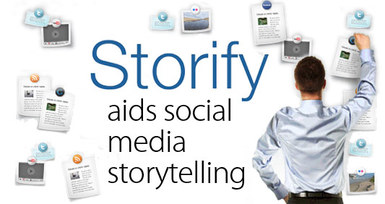 Thanks to my Retailing Management professor (who also taught my Consumer Behavior course and encouraged me to start blogging!), I've been introduced to the latest and greatest in social media platforms and websites. Her latest introduction and my newest obsession - Storify.
Storify is a website that allows you to create stories or timelines using social media elements, such as photos, videos, tweets, or other articles from the Web. For those who use Weebly, which is my preferred blogging platform, Storify is similar with its drag-and-drop features. Storify allows you to search for content on the righthand side of the screen using Twitter, Facebook, Instagram, YouTube, etc., then dragging-and-dropping your findings directly into the story on the lefthand side. As a frequent reader of blogs and a blogger myself, I find that the best, successful, and most interesting blogs are those that are engaging and interactive.
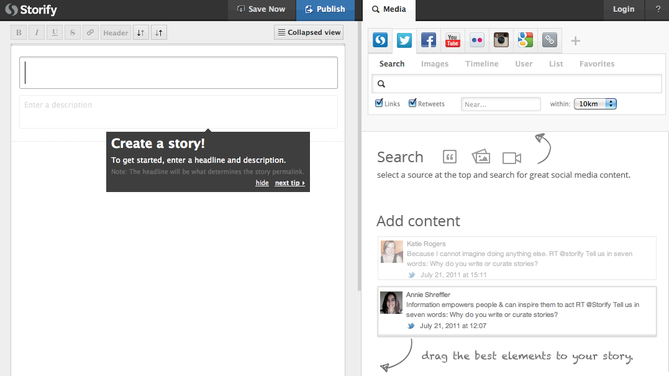 Looks can be deceiving - Storify is very user-friendly! Being able to directly incorporate different social media platforms from one screen is a shortcut, but one that allows us to spend more time searching the web for content and less time trying to figure out how to summarize or paraphrase our findings. These interactive features keep reading from being mundane, which is the key to being a successful writer or blogger. In this day and age, social media is the primary way that people hear and read about breaking news and the latest trends. With so much information right at our fingertips and the ability to access the news and other stories instantaneously, Storify can be used to share our findings directly from the source.
However, as with all things and social media sites, Storify isn't perfect. As discovered through today's in-class activity, the comment section could use some improvement. In an effort to keep our class interactive, we had to comment directly on the Storify link, but ran into a few issues along the way. Instead of a comment box per se, we had to type our comments as one long string of text. This made it difficult to reread our comments before posting, more likely to make mistakes, and ultimately created more work by having to search for the beginning of the comment. Needless to say, it was a tedious process. Another issue was the lack of "comment" button. In order to post a comment, you have to press the Return button on the keyboard, making it easy to post too early or accidentally.
Overall I think Storify is a great concept with a lot of potential. I am interested to see its success both in and outside of the classroom in future years.
I'm looking forward to creating my own stories and sharing them with you all!
Though I may be a few weeks late since the launch of the Skinnygirl Cocktails® "Drink Like A Lady" campaign, I am just now starting to hear a lot more buzz about it, especially as Skinnygirl's first commercial is gaining more exposure. I saw the commercial for the first time about a week ago, and I will admit that I didn't fully understand until I watched it a couple more times.
All in all, I think this is a good commercial - as far as the target market, it hits the nail on the head. It incorporates the young, urban professional, fun-loving gal who demonstrates her health consciousness by indulging in a low calorie cocktail. The women in the commercial are having a good time, which must mean that Skinnygirl Cocktails® is a good time (and from my own personal experience, it most certainly is!). This commercial sends all the right messages about the Skinnygirl® brand, but maybe I'm bias because I love anything and everything related to Bethenny Frankel and/or Skinnygirl. Just today, I stumbled upon the Skinnygirl® channel on DirectTV and stared at the TV while it played this same commercial on a loop.
However, I will admit that I was not at all a fan of the redheaded narrator. Everyone loves a little cheese from time to time, but I thought she was a little too Orbit commercial-esque at least for a television debut. She did get the point across, tying in the classic idea of "lady" with that of a modern lady - wearing sensible shoes, remaining poised, and practicing good posture.
The more I watch this commercial, the more I like it. Without a doubt, it makes sense. The Skinnygirl brand has so much potential, and this was definitely a good start. The Skinnygirl Cocktails® website also does a great job with the "Drink Like A Lady" Campaign in that it includes a lot of fun and interactive features, including introducing the e-cards shown below and the aforementioned DirectTV channel.
It's exciting to see such a young brand debuting its first TV spot, and I look forward to seeing the growth of a brand that I am so passionate about (after all, working for Bethenny or with Skinnygirl Cocktails® is my dream job).
As I lay on the sun deck, tanning and scrolling through my Twitter feed (typical summer afternoon behavior), I stumbled upon some great information about the #AmericanMediaMom via @NielsenWire.
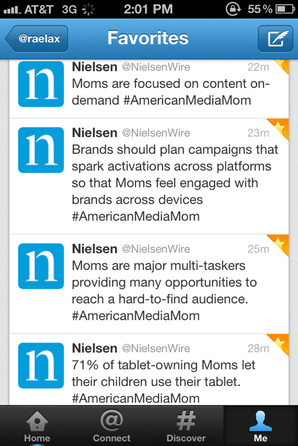
An iPhone screen shot is best I could do
I couldn't help but log into my Weebly app and give my two sense on these great trends. Though I'm obviously not a mom myself, this is perhaps my favorite demographic to study. So how can we explain these trends? There's so much here we can talk about and I can't help but think back to my Social Media and the End of Gender post. It's no surprise that women, particularly moms, are taking over the social media sphere (on their tablets). Between being the ultimate multitasker on the home front to having a successful career, moms are by far the busiest, not to mention the most talented and admirable, group of people on the planet. So how do we reach them and tap into this opportunity-filled market? The American Media Mom is mobile, therefore we have to be mobile too (and by "we," I'm referring to marketers). We shouldn't be surprised that moms are always available through some electronic device, so the first strategy for any company is to have your business on a mobile application. A tablet application in addition to a mobile app would be ideal, assuming a company has the necessary funds - like I said, that would be the ideal situation. The American Media Mom is a multi-faceted demographic in that there is much potential to reach other demographics, particularly children. Children are playing with tablets almost as much as their moms are, and regardless of tough economic times, children are still the number one group unaffected by an ever-changing economy (via NY Times article). The alternative (at least for small companies) to having your business available on mobile application would be to have pages on Facebook and Twitter (obviously) as well as Pinterest, with these sites being the bare minimum of any social media campaign. Judging by the above image, Pinterest is the must-be place for moms, which means naturally it's a must-be place for businesses who have a product to show off. Pinterest creates trends, which creates buzz, which means that people are talking about you. So in order to be a truly successful business (at least for those who have American Media Moms as part of their target demographic), give these women something to pin (for Pinterest), something to tweet about (for Twitter), something to blog about (for the moms who somehow find time to blog during their busier than busy lives), and something to brag about (for Facebook aka "Bragbook"). The American Media Mom is a powerful demographic, comparable (some even synonymous) to the Millenial woman, giving them a great deal of influence over social media, and ultimately over consumerism.
With a score of 86 out of a possible 91 on Schwartz’s Maximization Scale (found in Paradox of Choice), I am without a doubt, a maximizer. I do, however, believe that this result accurately reflects my personality – a perfectionist. I typically find it difficult to make decisions while I’m shopping because I’m constantly comparing colors, features, and prices against the alternatives. This is done out of fear that I won’t choose the “ perfect” product and for me, nothing is more disappointing or frustrating than making a purchase and later finding it at another store in a better color or at a cheaper price after I already removed the tags. Making comparisons and my unnecessary post-purchase shopping is not only time consuming, but it also takes away from the value of my purchase. I am no longer happy with my purchase because I now know that there was something better out there, something even more perfect.
Schwartz makes it clear that maximizer and perfectionist are not synonymous, but he agrees that both set high standards and seek out "the best.” I think that this would make websites such as Tumblr and Pinterest a maximizer’s dream, or playground if you will.
Schwartz describes maximizers as having expectations that can eventually be met, which means that Pinterest allows maximizers to fantasize about things that are tangible, realistic, and certainly not impossible to achieve. Fellow Pinners like myself browse through hundreds, maybe even thousands of pins without realizing that we are falling somewhere on the maximization scale.
Despite being indecisive at times, it doesn’t take much for a new product to catch my eye because a product with creative packaging will have me reaching for me wallet in no time. From a marketing perspective, I will be a satisfied consumer if your products are presented in creative, unique, and innovative ways. As both a perfectionist and a maximizer, I believe these types of products are simply "the best."

"Choice is essential to autonomy, which is absolutely fundamental to well-being."
- Barry Schwartz from
Paradox of Choice: Why More Is Less
Barry Schwartz's The Paradox of Choice: Why More Is Less is a great and easy read for those studying or just interested in the field of Marketing. This text was required reading for my Consumer Behavior course as it is relevant to every aspect of the consumption patterns of consumers. Schwartz's overall argument is that the elimination of consumer choice will reduce anxiety during the shopping experience - in essence, the more choices, the less happiness. This TED Talk from Schwartz himself offers a brief introduction to the text:
Everyone is a consumer and everyone must make choices, big or small. However, the multitude of choices in this world can oftentimes complicate the simplest of decisions. Paradox of Choice helps you critically look at consumer choice, presents issues that you probably wish you weren't aware of, and allows you to identify your own consumption patterns and behaviors - personally, it completely changed my outlook on the shopping experience, which can be both a good and bad revelation.
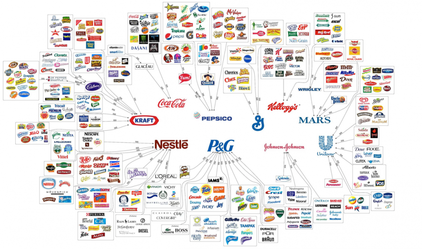 The Illusion of Choice Schwartz presents the issues that consumers are faced with when it comes to consumer choice then offers solutions to overcome these issues. He also analyses the relationships between choice, expectations and happiness, which are his most compelling arguments in Paradox of Choice. However, it is perhaps his introduction and explanation of the terms maximizer and satisficer that I found the most interesting of the entire text as well as the most relevant to my own life as a consumer. A maximizer is someone who must be sure that they are making the best purchase or the best decision possible after comparing all of the alternatives. A satisficer is one who settles for "good enough" and is not worried about the possibility of a better alternative. In this post, I compare my own maximizing habits with perfectionism, which Schwartz believes are related but not synonymous. A few comments that I have about Paradox of Choice are that it tends to be repetitive of Schwartz's overarching argument as the text progresses and due to its 2004 publication date, some of the examples are rather outdated. However, the main themes are still entirely relevant, so it helps to put these into context by applying them to goods and services found in the present-day. Overall, Paradox of Choice is a quick and easy read and I suggest that anyone interested in, studying, or working in the field of Marketing should definitely check it out.
 Perhaps one of my favorite aspects of marketing is studying lifestyle brands, lifestyle marketing, and consumer behavior. After taking a consumer behavior course, I felt I was one step closer to finding my desired career path. Lifestyle marketing is something I find truly fascinating – targeting consumers based on their interests, attitudes, values, and beliefs. This is such a simple concept, but also a genius one.
A great example of a lifestyle brand is Bethenny Frankel’s Skinnygirl Empire. First, let’s start with Bethenny Frankel. Is there anything she can’t do? Absolutely not and she’s continued to prove this time and time again from every new season of her hit Bravo TV series to every new product launch in her empire – cocktails, weight-loss programs, body shapewear, and a multitude of beauty products. And of course, she juggles work with family life and motherhood. I could gush about Bethenny Frankel, her many accomplishments, and how she personally inspires me, but I’ll save that for another post.
 My point is to discuss how Bethenny Frankel’s brand and the Skinnygirl brand represent the epitome of a lifestyle brand and lifestyle marketing. I even argue that Bethenny and Skinnygirl are so closely intertwined, almost interchangeable, because Bethenny is Skinnygirl and vice versa. Skinnygirl appeals to a very specific demographic, though I believe that this demographic is expanding because of her celebrity status and popularity. I found two articles – What is a Skinnygirl and 30 Days to a Skinnygirl Lifestyle: Are You Ready to Get the Results You Crave? - on the Skinnygirl Daily website, which is their own description and interpretation of Skinnygirl and her lifestyle. I want to expand on this interpretation through the lens of a 20 year old with an amateur marketing perspective. The healthy lifestyle theme can be found throughout the entire Skinnygirl website, which is key to their success. This message is consistent with their Mission Statement and is reinforced in every aspect of the site. When I think Skinnygirl, I picture a woman in her late 20s or early 30s - young urban professional, successful, works hard but still finds time to go out with her girlfriends, and of course she is up to date on fashion trends and beauty secrets. The Skinnygirl consumer is the ultimate Millennial woman (which is further explained in my post, Social Media and the End of Gender, and supplementary links). This demographic epitomizes the Skinnygirl brand, but this is also expanding to women in their early 20s who also fall into this Millennial segment. Part of this expanding age group can be attributed to Bethenny’s influence in the media. My friends and I are huge fans of Bethenny Ever After and as college students we are naturally also lovers of the Skinnygirl cocktail family. Part of the appeal of the Skinnygirl brand is that it not only creates, but also supplements an already existing lifestyle. Skinnygirl is relevant to every aspect of the Millennial woman’s life, from what she wears, what she eats, what she drinks, and even what she reads. Marketing is about creating needs and lifestyle marketing is about taking that one step further and fitting into the consumer’s everyday life, fitting into their lifestyle. The Millennial woman’s life fits around the product while the product is meant to be flawlessly integrated into the consumer’s life – Skinnygirl products aren’t forced into her life and as a lifestyle brand, it just fits into it.
 This is the beauty and essence of lifestyle brands and lifestyle marketing: it is what it is. In a way, a consumer of the Skinnygirl brand doesn’t have to be convinced of anything because this brand is something that naturally fits into her life. But regardless of whether a brand is promoting a healthy lifestyle as in the case of Skinnygirl, an athletic lifestyle as in the case of Nike, or a yoga lifestyle as in the case of Lululemon, lifestyle brands are successful because they fit seamlessly into lives without feeling bombarded or persuaded by marketing tactics. These brands create cultures and these cultures create cult-like followings, brand loyalty, even brand love.
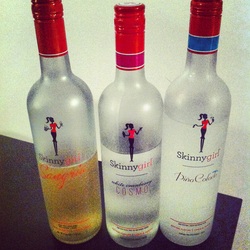
This TED Talk addresses the effects that social media has on advertising and media companies. Johanna Barkley explains how old (traditional) forms of media are becoming quickly outdated, particularly by social media. Demographics, such as gender, age, and income, aren’t seen as particularly useful anymore and getting increasingly harder to monitor. Advertising and media companies are more interested in what people’s interests are, what they’re doing, thus focusing on “taste communities” that are found online. Barkley describes social media as an escape from the “ demographic boxes” and “rigid segmentations” that consumers have been put in by these companies.
I found this TED Talk particularly interesting because it’s relevant - to my own life and to the current times we find ourselves in, surrounded by technology and countless social media networks. As a consumer, I wouldn’t want advertising and media to bombard my social media networks, but rather function as a way to engage with my favorite brands if I choose to do so. Social media is about having options – we shouldn’t be forced to engage with brands, hence why we have the freedom to choose who we “Like,” Friend, or Follow. For example, Twitter is an excellent way to demonstrate one’s interests. By choosing to follow certain brands and/or celebrities, this speaks volumes about one’s consumption behavior. If Twitter users decide to actively interact with these brands whether it is through tweeting at them or simply just tweeting about them, that shows a level of engagement and tells us things about that consumer that age, gender, and income might not be able to tell us. Companies that successfully utilize social media can be more in touch with their consumers, both on a personal and professional level – thus allowing us to build an emotional relationship with our favorite brands.
Another key topic in Barkley’s TED Talk is women. Women “drive the social media revolution” in that they outnumber men at every age level in terms of their usage of social networking technologies and how often they use these sites. She presents the question “If social media dominates old media and women dominated social media, does that mean women are going to take over global media?” Women may not take over per se, but their increasing influence over media will have profound effects on what we see in the future. Advertising and media campaigns will need to be shaped to target and appeal more to the feminine ideals as opposed to masculine ideals. This is not to say that masculine ideals are less important, but it would be more beneficial to appeal to the Classic, Centered, and Alpha Woman because women are dominating the social media sphere. As Millennial Women are becoming increasingly powerful, this is a key demographic to hone in on because as the Prosumer Report describes them, they are “more mobile, more multicultural, and more fluid adopters – and adapters – of new technologies than any other generation that has come before” (1). As a very trendy and in-tune demographic, Millennial women could arguably be the most powerful group of consumers, thus social media is a powerful way to connect with them.
|
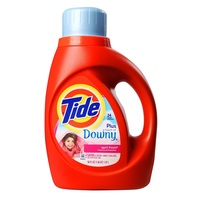

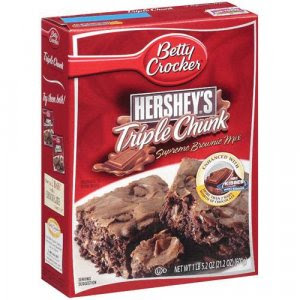
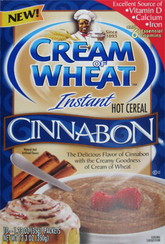
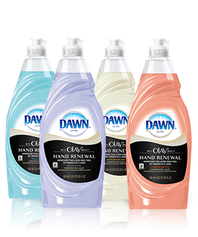
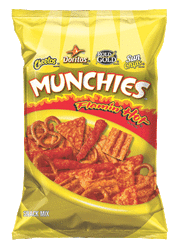
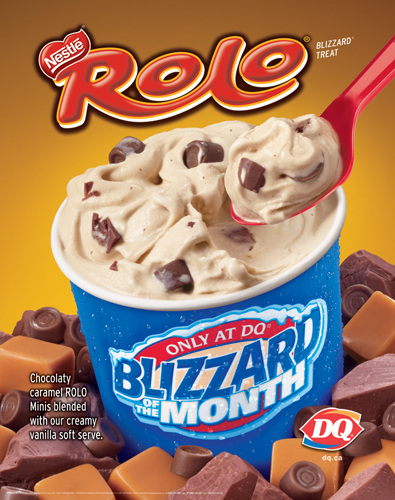
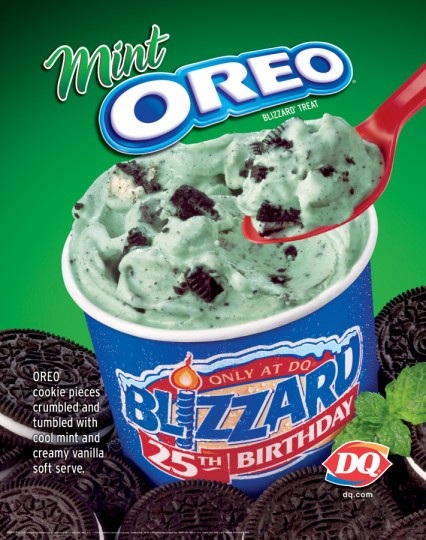
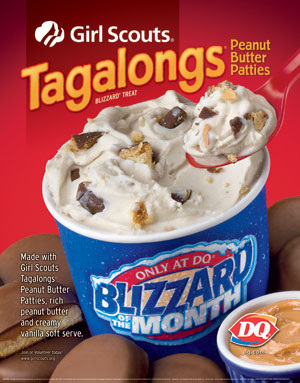
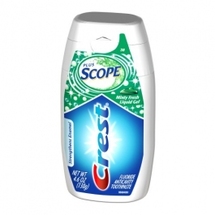

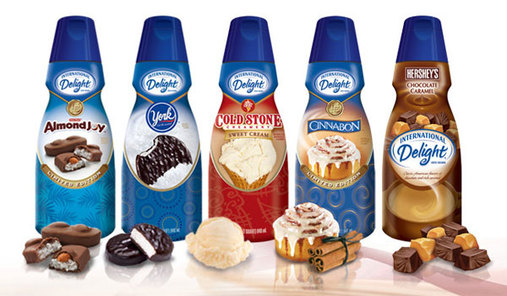
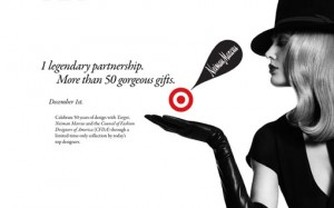


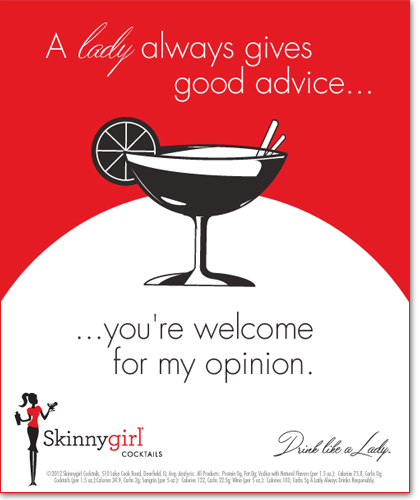
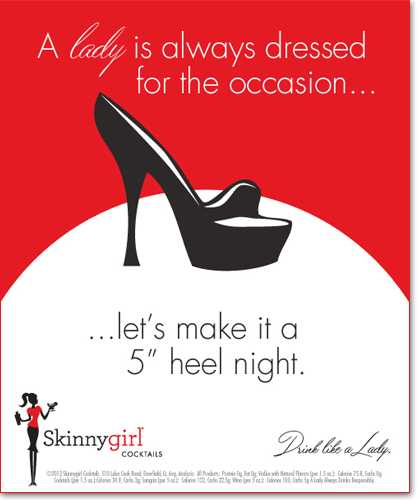

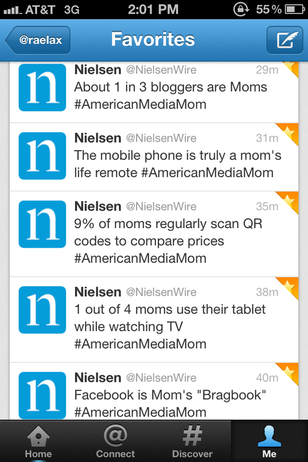
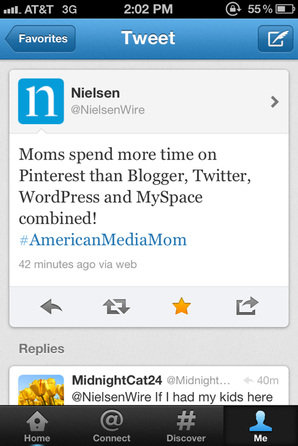
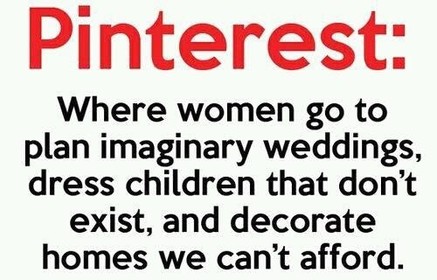






 RSS Feed
RSS Feed